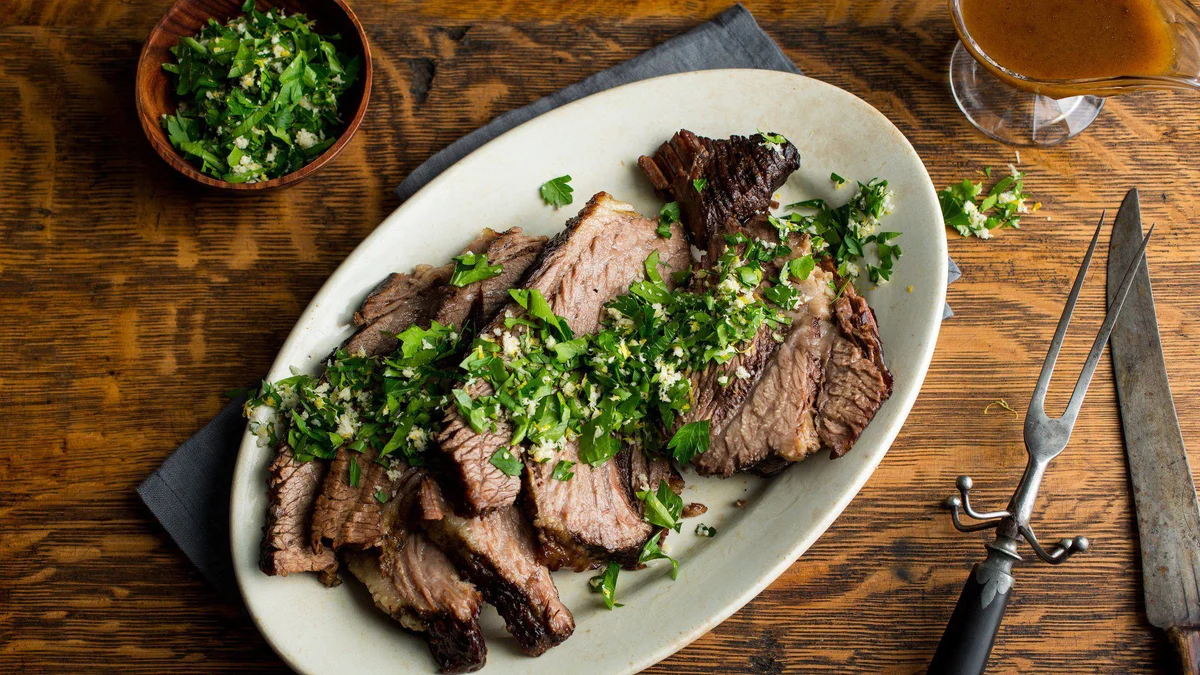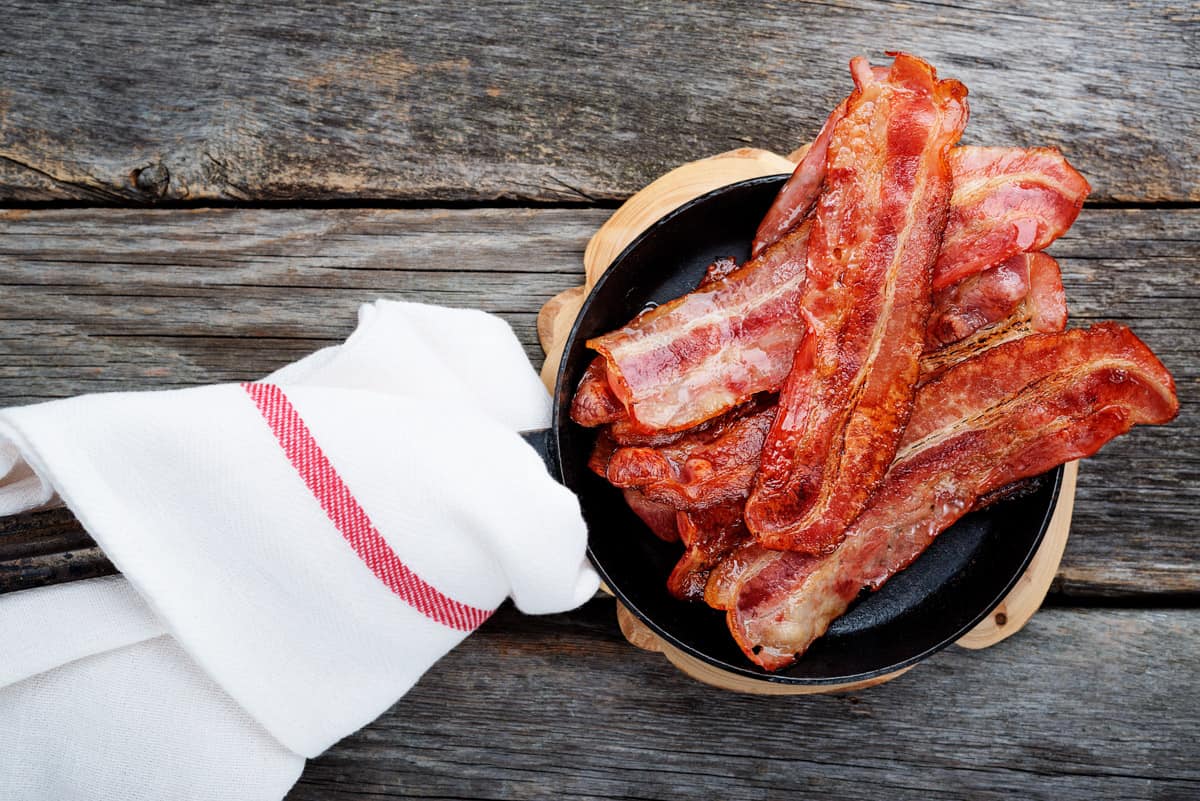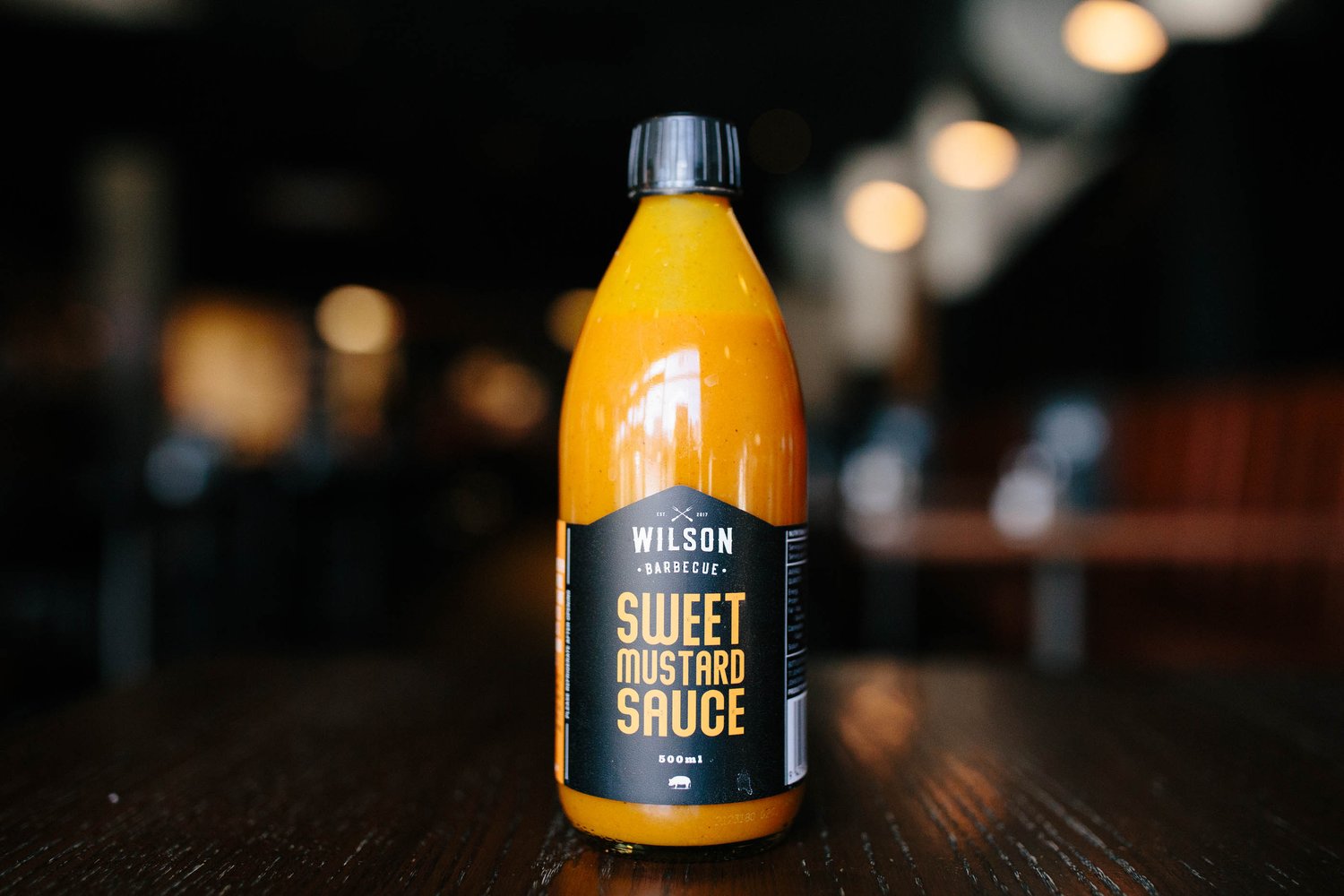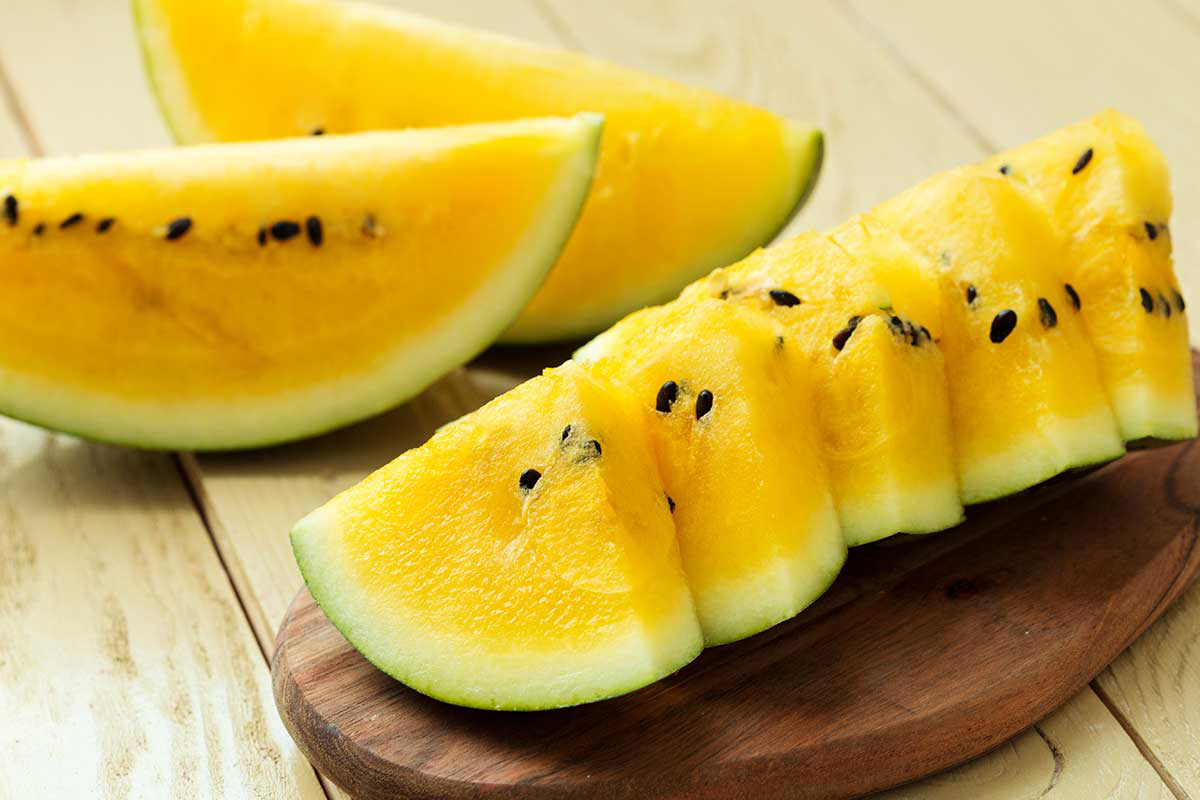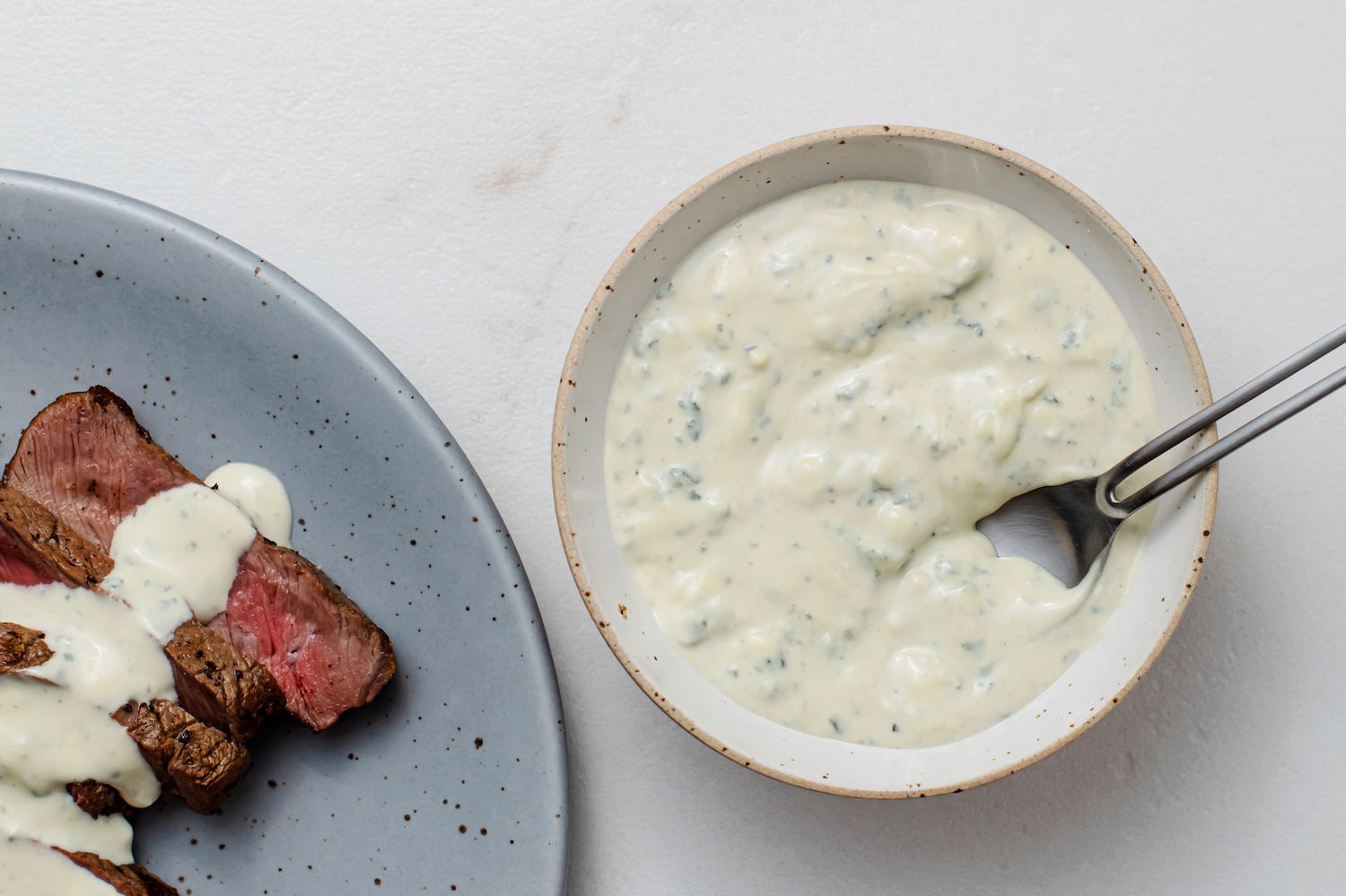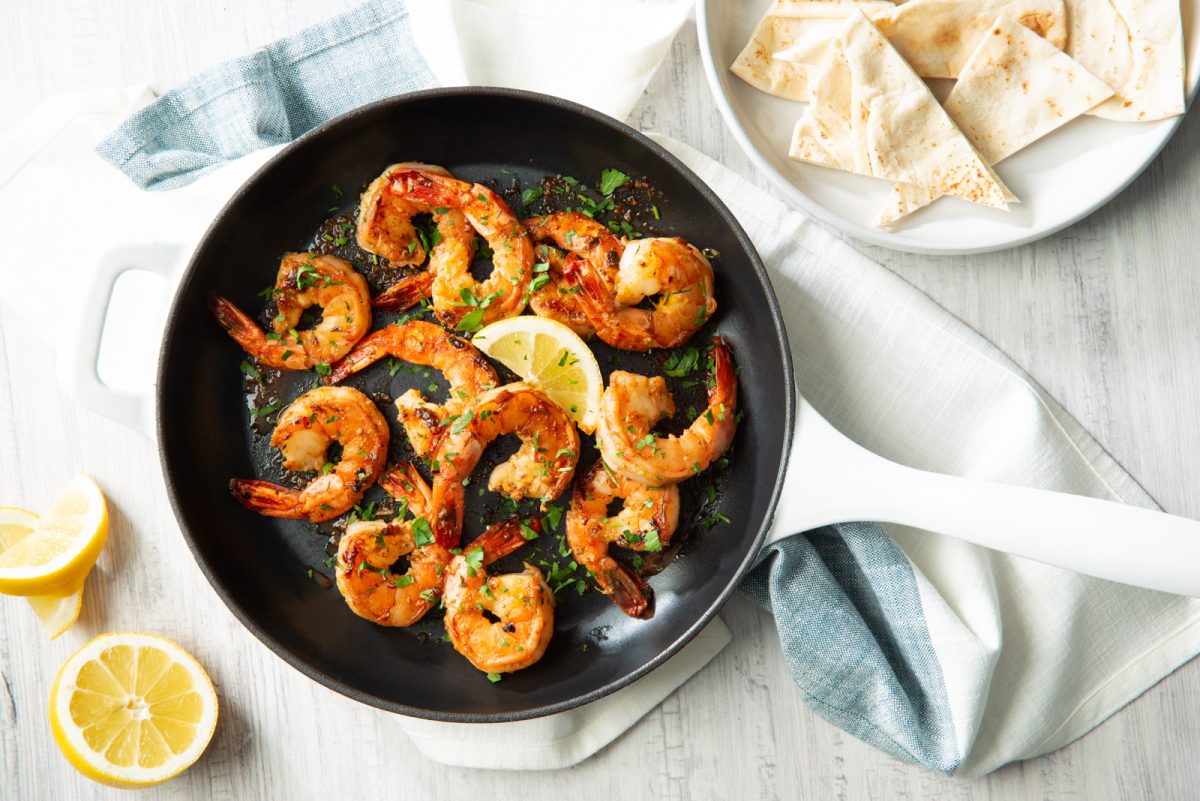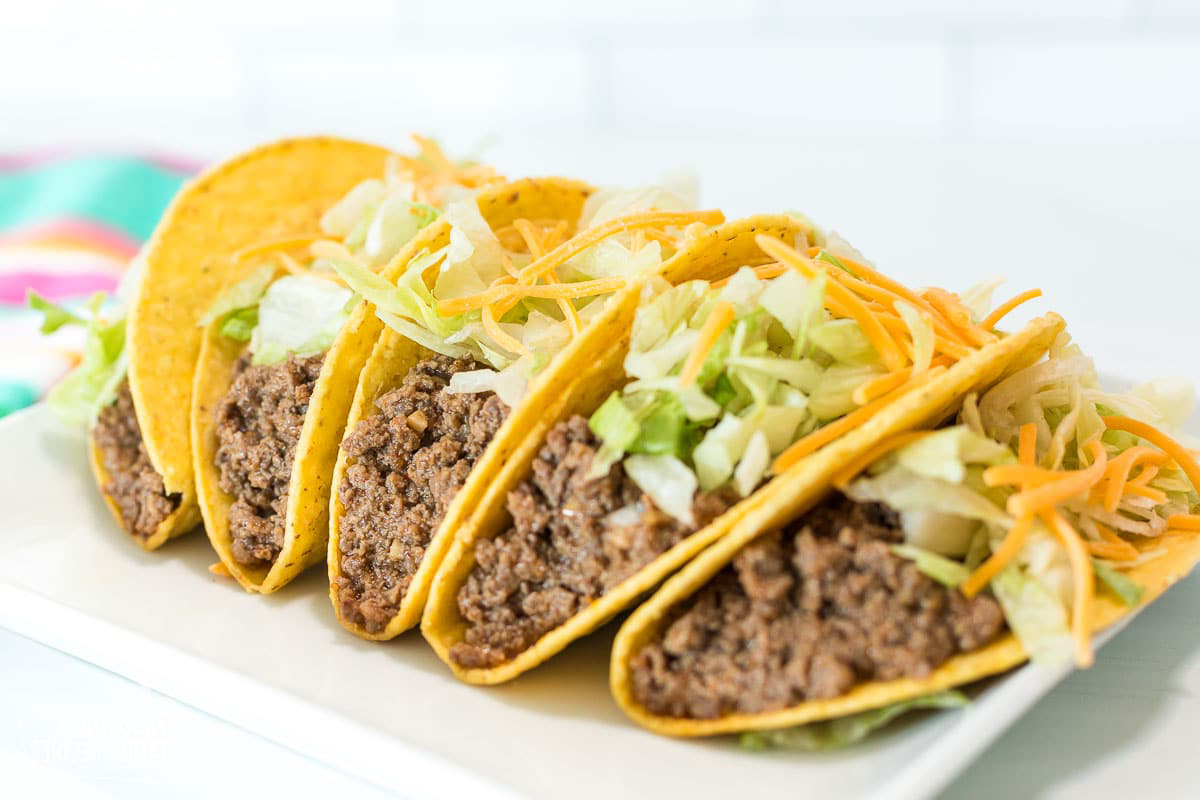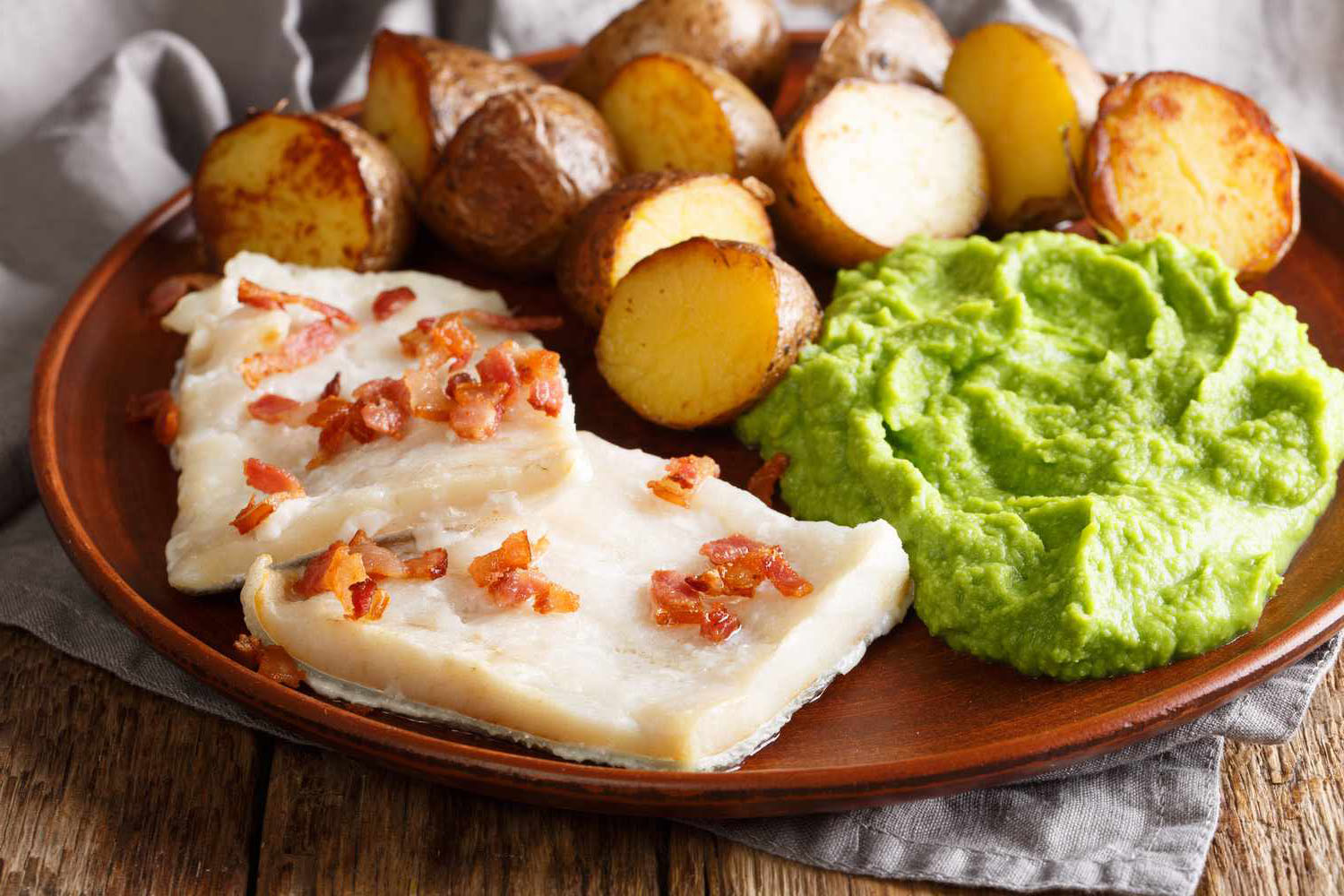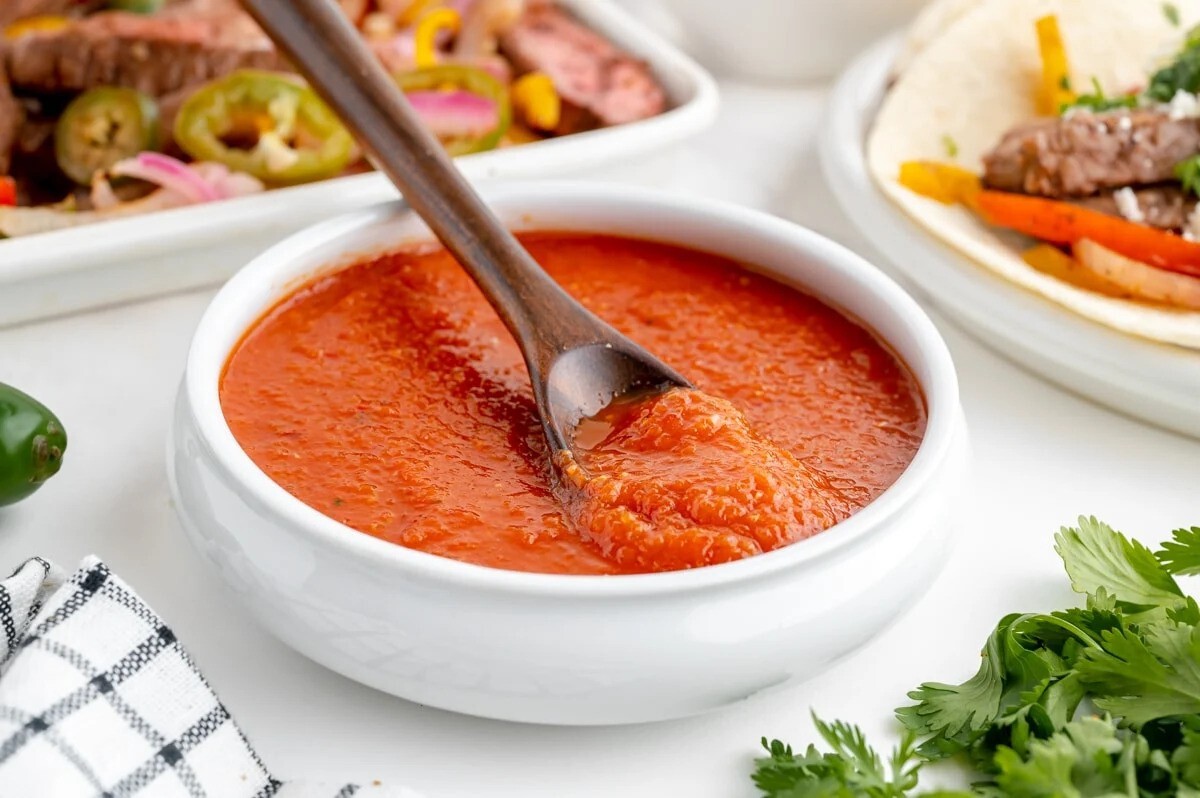When it comes to Italian cuisine, one dish that often stands out is hot antipasto. This delectable appetizer is a popular choice for many diners, but what exactly is hot antipasto? Let's dive into the world of this savory dish and explore its origins, ingredients, and how it's typically enjoyed.
Origins of Hot Antipasto
Hot antipasto, which translates to "before the meal" in Italian, is a traditional starter in Italian cuisine. It is believed to have originated in Southern Italy, where it was served as a prelude to the main meal. Over time, hot antipasto has become a beloved dish in Italian-American restaurants, often featured as a part of the "antipasti" section on menus.
Ingredients
Hot antipasto typically consists of a variety of hot appetizers, showcasing the rich flavors of Italian ingredients. While the specific components can vary, a classic hot antipasto may include:
- Stuffed Peppers: Roasted bell peppers filled with a savory mixture of cheese, breadcrumbs, and herbs.
- Baked Clams: Fresh clams topped with a seasoned breadcrumb mixture and baked to perfection.
- Eggplant Rollatini: Thinly sliced eggplant rolled around a filling of ricotta cheese and herbs, then baked in a flavorful tomato sauce.
- Mussels Marinara: Plump mussels cooked in a zesty marinara sauce, often accompanied by crusty bread for dipping.
- Sausage and Peppers: Sliced Italian sausage and colorful bell peppers sautéed together in a fragrant tomato sauce.
How It's Enjoyed
Hot antipasto is best enjoyed as a shared appetizer among friends and family. It sets the stage for a delightful dining experience, allowing diners to sample a variety of flavors before the main course. The communal aspect of hot antipasto encourages conversation and conviviality, making it a perfect choice for gatherings and celebrations.
Serving Suggestions
When serving hot antipasto, it's essential to present it in an inviting and appetizing manner. Consider arranging the various components on a large platter, garnished with fresh herbs and a drizzle of extra virgin olive oil. Accompany the dish with crusty Italian bread or garlic knots to soak up the flavorful sauces.
Making Hot Antipasto at Home
For those who want to recreate the magic of hot antipasto at home, there are countless recipes available that cater to different tastes and dietary preferences. Whether you're a fan of seafood, cheese, or vegetables, there's a hot antipasto recipe to suit your palate. Experiment with different combinations and flavors to create a personalized hot antipasto experience in your own kitchen.
In conclusion, hot antipasto is a beloved Italian appetizer that tantalizes the taste buds with its array of hot and flavorful components. Whether enjoyed at a restaurant or prepared at home, hot antipasto offers a delightful introduction to a memorable Italian meal. So, the next time you're craving a taste of Italy, consider starting your culinary journey with a serving of hot antipasto. Buon appetito!
Was this page helpful?
Read Next: What Is Green Harissa
